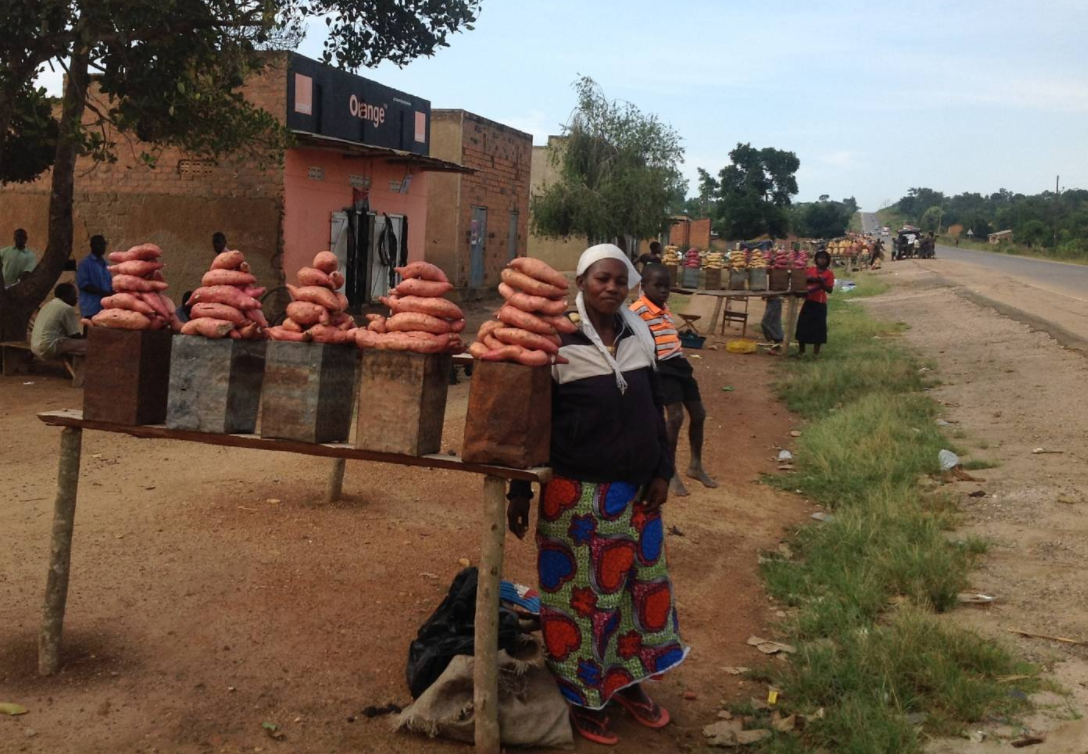A Uganda National Meteorological Authority report says more than half of Uganda is now in an exceptional drought and that current drought conditions are the worst in the country’s history.
The government’s January 1st-10th January forecast indicated ‘very hot temperatures with average maximum temperatures ranging from 26.4 to 36.3 degrees centigrade,” with Nebbi district recording as high as 38.5 degrees centigrade.
“The month of January is still dry as it has experienced in the last month of December 2016 (and) water levels in Lake Victoria basin have been consistently diminishing due to dry spell in most parts of the country,” reads part of the UNMA report.
The prolonged drought has too pushed both day and night temperature high making it uncomfortable for many to sleep or walk. For example, yesterday, Kampala afternoon 32°C yet the capital’s normal temperature is 27°C. Kasese had 35 degrees Celsius while Kabale had 23 degrees Celsius.
Nebbi had 38.5 instead of 32°C recorded overtime while Tororo District recorded afternoon 30°C against the normal average of 29°C. Arua District recorded afternoon temperatures of 34°C, making the district one of the hottest in the country.
Mr Musa Ecweru, the minister for Disaster and Preparedness says the drough has since left 9 million Ugandans in urgent need of food aid as compared to only 1.3 million people just three months ago.
Nebbi District Council chairperson Ezron Alenyo said food crops and pastures have been depleted leaving the residents and cattle starving. “We are experiencing abnormally high temperatures,” Mr. Alenyo told Daily Monitor.
In central, Nakaseke District Council secretary for Production, Fred Rwabirinda said: “The long dry spell has hit the farmers hard. Many water dams have dried up with some of the farmers opting to buy water from mobile tanks to give to the animals. The only available mobile water tank, which now serves more than five sub counties, is now very expensive.”
In Busoga sub-region, the situation is not any different with millions going hungry. “Getting water for cooking or bathing has become difficult for several families. A 20-litre jerrycan of water now costs Shs1000,” said Mr. Zomu Yusuf, the Pallisa Town Councl mayor.
Nomandic pastoralists in Karamoja sub-region have been forced to cross into Lango sub-region in search of pasture and water afte thousands of cattle have starved to death.
In Sebei, maize takes seven months to mature but in 2016 the rains started falling intermittently around the fourth month. Food crops such as Matooke and rice are on the rise due to shortages. Sugar prices too have increased greatly with a kilogramme of sugar going for Shs5, 000 in some areas from as low as Shs3, 500 recently due to a shortage in sugarcane production. Sugar is an input in various products meaning that costs of production will also edge up for some products that require it as an ingredient.
Kumi Municipality MP Silas Aogon argues that the impact of climate change has worsened the agricultural sector yet employs more than 70 per cent of the country’s population: “Poor agricultural practices have also put us down but if resilience is achieved and we apply best agricultural practices, we shall increase food production which will settle a problem of food insecurity and increase exports to improve our income for development. Uganda loses over $45 million a year in the agricultural sector which has affected its income,” he said.
The National Environment management Authority says the changing weather is a result of human activity while the ministry of Agriculture and Animal Husbandry explains that is as a result of the late onset of 2016 rains, cultivation begun late and prolonged dry season through June to October.
Government is looking for $200 million (Shs713.7 billion) to implement a plan to avert the negative effects of climate change and hunger in the next three years











